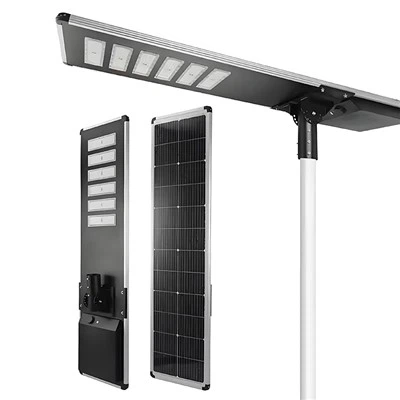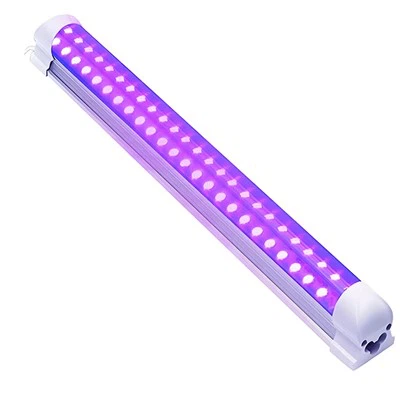Everyone knows the old adage about the chicken that crossed the road. But that's not the focus here. In this article, we'll discuss whether or not you can use a reptile light to raise chicks.
Since reptiles like turtles and snakes do not need UV light as birds do, reptile lights are often utilized to provide heat and illumination for these creatures.
Since their body temperatures are different from those of other animals, they also need considerably less wattage than other forms of lights; this might be advantageous in the care of chicks.
If you want to learn more about these intriguing animals and the conditions they need to thrive, keep reading!
Can a reptile lamp be used to light up baby chicks?
The answer is yes, a reptile lamp may be used for baby birds. The details will vary with the kind of chick, its age, and its unique requirements.
Young chickens can't regulate their body temperature, therefore a heat lamp is necessary to keep them comfortable.
Reptile heat lamps work well for this, but regular light bulbs won't provide enough heat.
When raising chicks, what sort of heat bulbs should be used?
Heat lamps come in a variety of styles and sizes.
While glass bulbs do the trick, their inflexible light makes it hard to position them precisely.
Flexible and available in a range of sizes, ceramic heat emitters should allow you to choose one that works for your chickens.
To do this, infrared light bulbs are often used. In addition to providing light, like regular light bulbs, they also generate infrared heat, which will keep your chickens toasty.
A further perk of reptile lights is that their bulbs tend to survive a lot longer than your average incandescent. Having a bulb that lasts a long time is a significant benefit since newborn chicks need particular attention and a lot of light.
Exactly what does a brooder heater for baby chicks entail?
To keep your chicks toasty, you need a brooder. A box with a heat light is the typical setup. In most cases, you can also expect a feeder and waterer to be included.
During their initial weeks of life, newborn chicks rely only on the light from a brooder bulb. The added warmth helps them stay healthy and develop normally. The ideal temperature range for a brooder is 90 to 95 degrees, which will promote healthy development in the young birds housed inside.
Baby chicks may be kept warm using either an oil-filled heater or a red heating light bulb placed atop the box in which they are housed. The oil-filled heater is automatic and delivers steady heat. Daytime use of the heating light bulb is recommended, but nighttime use is not recommended.
The height of the bulb must be changed until the temperature within the cage reaches roughly 95 degrees Fahrenheit. All newborn chicks will go towards the cooler location if the temperature rises too high. When it becomes too chilly, they'll go there way in order to warm themselves.
Avoid exposing the chicks to extreme temperatures, as this might be fatal. The heat lamp should be positioned low if young chicks are housed alongside more mature birds so that the young birds don't accidentally touch the hot bulb.
Is there a substitute for a heat light for keeping chickens?
In their early weeks of life, newborn chicks rely only on the light from a chick warming lamp.
It keeps them warm, which is important for their growth and wellbeing. The ideal temperature range for a brooder is 90 to 95 degrees, which will promote healthy growth, happy chirping, and robust feathered young.
It's important to keep hens warm, but there are alternatives to traditional heat lamps.
Broiler for the stove top: If your home oven door stays open, you may utilize this solution. Put your broiler pan in the oven and preheat it to 350 degrees. Keep it away from the stove so the heat doesn't escape and at a safe distance so it doesn't be knocked over.
Although not intended for use with young chickens, an electrical heating pad may be adapted for this use by placing a plastic shoebox or other suitable container over the heating element. There will be no danger of a fire from a smoldering light, and the heat will evaporate fast.
Like an oil-filled heater, a space heater can warm a tiny area enough for one or two chicks.
A word of caution, though: if you put them in the incorrect area, they might start a fire. Please with the heater's maker if you have any concerns regarding their suitability for usage in your home.
A heating pad with a temperature control may also be used; a cardboard box should be put around it to keep the chicks away. Baby chicks need to be kept at a comfortable temperature, thus a thermometer should be kept close by the container to make sure it doesn't become too hot.
Keeping the brooder at a comfortable temperature without letting it become too hot is of utmost importance, as is ensuring that no ignition source is present.
Chickens: what could possibly go wrong?
The moment a chick hatches, it often begins to move about. They can't survive or thrive without shelter, water, and food. They could hibernate or cuddle together if the temperature drops. However, if the temperature is too high, they may have trouble sleeping and become lethargic.
Chicks that are too chilly or frigid may cluster together around the heat source. If you see this happening, either turn down the wattage on the heat lamp or move it higher over the box of chicks.
Young birds can't fly, so they need a safe place to run about and stretch their wings.
One of the most crucial things for chickens is to turn up the heat if necessary. You should initially check the temperature if anything seems amiss. Although chicks may quickly adapt to new conditions, they still need a nurturing environment to reach their full potential.
When Should You Turn On the Chicken Heat Lamp?
When temperatures drop to roughly 45 degrees Fahrenheit or below, a heat lamp becomes useful. The ideal temperature for baby chicks is 95 degrees Fahrenheit, and they shouldn't be exposed to temperatures lower than that for more than 4 hours at a time. If the temperature drops too low for too long, they might become ill or even die.
It's tricky to keep the chicks warm enough without overheating or chilling them to death.
Your chicks should thrive in a temperature range of 90–95 degrees Fahrenheit if you have them in a suitable environment where they can sip water without getting wet or defecating in it.
When newborn chicks are just hatching, the most essential thing is to keep them warm.
Conclusion
Chicks may benefit from a reptile light, but be sure to choose the appropriate bulb. For the sake of your newborn birds, it's important to get a light source that has both a UVB and UVA rating clearly displayed on the packaging.
For the same reasons, similar standards are applied to reptile light bulbs. Looking at the box or reading reviews written by individuals who have had experience with the lights in question is the best approach to determine their quality.


Benwei chicken coop led light tube:
|
Product name |
LED Tube Light led for chicken coop |
|
Rated voltage |
AC85-265V |
|
Power |
9W/13W/18W/24W/36W |
|
LED Type |
SMD2835 |
|
Color ratio |
3000K -5000K , Full specturm or customized spectrum |
|
Tube Type |
T5/T8/T10/T12 |
|
Material |
Aluminium profile+clear pc cover |
|
Length |
0.6m/0.9m/1.2m/1.5m/2.4mor customized length |
|
Guarantee |
3 -5 Years |






